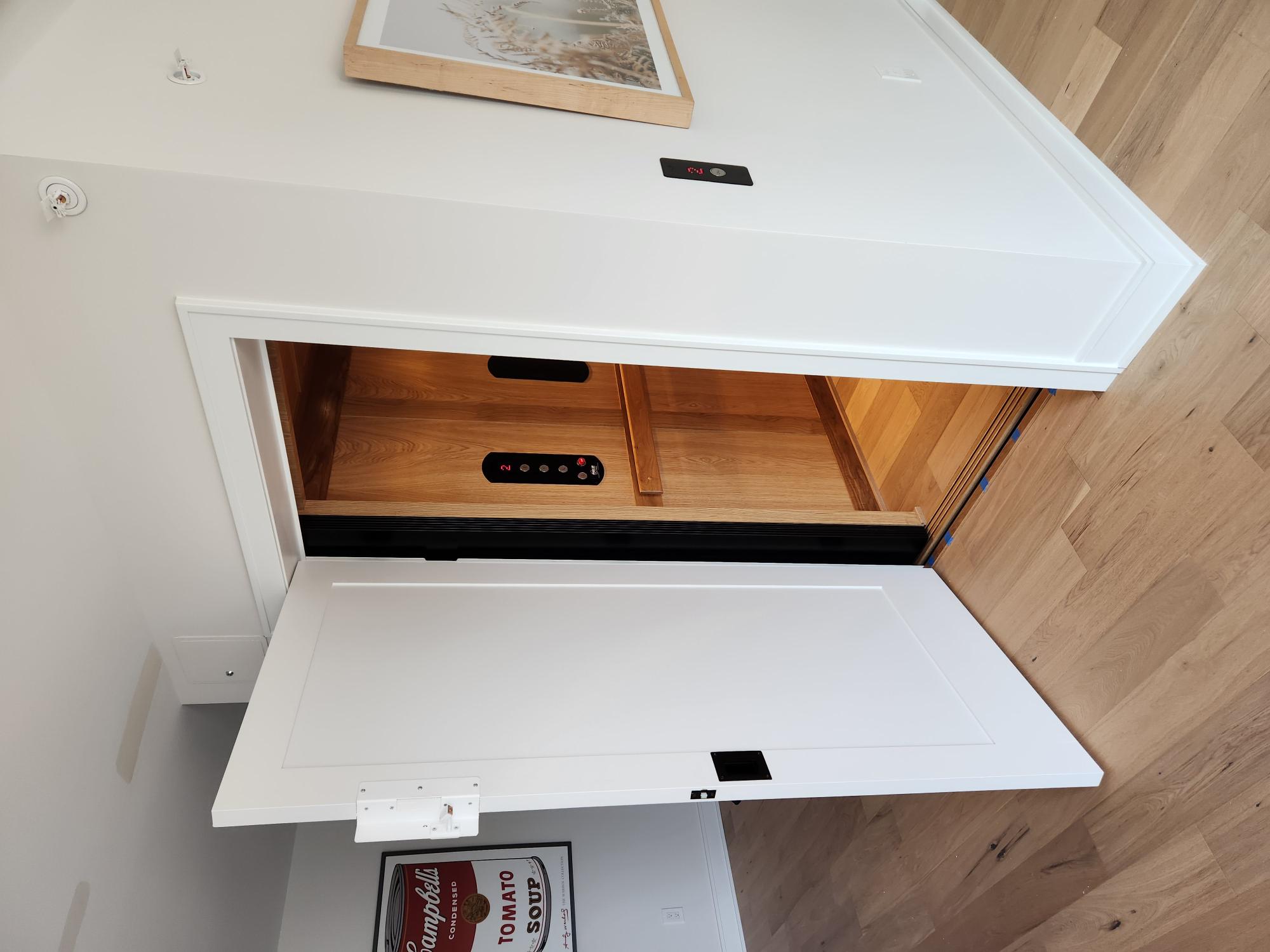Top Lift Companies in London: Offering High Quality Installations and Upkeep
Top Lift Companies in London: Offering High Quality Installations and Upkeep
Blog Article
Untangling the Complexities of Lift Modern Technology: Troubleshooting Common Troubles Throughout Lift Designs
From sluggish operation issues to strange sounds rising from the machinery, troubleshooting typical problems across different lift versions requires a keen eye for detail and a methodical approach. Remain tuned as we browse via the maze of lift breakdowns, seeking options to the enigmatic troubles that can interfere with the smooth functioning of these important devices.
Identifying Slow Operation Issues

Following, examine the electric connections to guarantee that all parts are correctly attached and functioning. Damaged electrical wiring or loose links can bring about slow operation or total malfunction of the lift system. Additionally, it is necessary to test the control system to establish if the concern hinges on the shows or sensing units.
If the visual evaluation and electrical checks do not disclose the source of the slow-moving procedure, further analysis tests might be essential. These might include stress examinations for hydraulic systems, voltage examinations for electrical parts, or running diagnostic software application for the control system. repair and maintenance services. By following a systematic approach to troubleshooting sluggish operation issues, you can successfully determine and solve the trouble, making sure the lift runs safely and properly
Attending To Strange Noises
To successfully repair lift technology for strange sounds, a comprehensive assessment of the lift elements following the identification of sluggish procedure problems is crucial. Odd sounds in lifts can be a measure of underlying problems that call for punctual attention to make certain the safety and dependability of the system.
In addition, it is crucial to refer to the lift manufacturer's upkeep standards and seek support from qualified service technicians when managing complex lift parts or unfamiliar troubleshooting procedures. By immediately addressing strange noises and fixing underlying concerns, lift drivers can make certain the optimum efficiency and safety of the lift system for passengers and operators.
Resolving Faulty Control Issues
An efficient method for dealing with damaged control problems in lift technology entails performing a comprehensive assessment of the control system's parts and functionality. When encountering problems with lift controls, it is vital to first check for any type of loosened connections, harmed circuitry, or malfunctioning sensing units. Confirming that all control displays, switches, and keypads are working appropriately is also important in identifying the problem accurately.
If no visible concerns appear, specialists should proceed to evaluate the control panel for any type of signs of water rust, getting too hot, or damage, as these can usually result in manage malfunctions. Additionally, resetting the control system or updating the software application may help solve specific glitches or pests triggering the problem.

Tackling Hydraulic System Malfunctions
The performance of hydraulic systems in lifts relies heavily on the correct performance of numerous elements within the system. When hydraulic systems malfunction in lifts, it can cause operational disruptions and safety concerns. One usual concern is hydraulic fluid leak, which can occur as a result of worn-out seals, loosened connections, or harmed cyndrical tubes. To tackle this issue, specialists should perform a thorough examination to identify the source of the leak and replace any type of defective elements without delay.
Furthermore, irregularities in hydraulic fluid degrees or uncommon noises during lift procedure might suggest underlying system malfunctions that call for prompt interest to avoid further damages. Routine maintenance and prompt troubleshooting of hydraulic system problems are important to guaranteeing the safe and reliable procedure of lift technology.
Managing Electrical Part Failures
Resolving electrical part failures in lift modern technology necessitates an organized method to detecting and fixing concerns to keep operational performance and safety and security requirements. When experiencing electrical issues in lift systems, it is critical to first conduct an extensive evaluation of the electrical parts, consisting of control panels, electrical wiring, sensing units, and circuit boards. Any type of signs of damage, corrosion, loosened links, or burnt components should be thoroughly kept in mind and addressed quickly to avoid additional problems.
In the case of electrical element failures, it is crucial to follow manufacturer guidelines for repairing and repair service procedures. This might include examining the components using multimeters, oscilloscopes, or various other analysis devices to identify the specific resource of the breakdown. Furthermore, having a thorough understanding we maintain lifts of the lift's electrical schematics and wiring layouts can assist in recognizing and fixing issues effectively.
Regular maintenance and evaluation timetables can aid prevent electrical failings by discovering potential issues at an early stage. Appropriate training for lift service technicians on electrical systems and components is likewise essential to make sure precise diagnosis and effective resolution of electrical issues, inevitably contributing to the overall safety and security and integrity of lift procedures.
Final Thought
To conclude, repairing lift modern technology requires an organized technique to identify and resolve typical troubles such as sluggish procedure, weird sounds, damaged controls, hydraulic system breakdowns, and electric part failings. By comprehending the complexities of lift technology and following appropriate fixing steps, technicians can properly settle concerns and guarantee the reliable and safe procedure of lifts throughout different models.
To efficiently repair lift technology for strange sounds, a comprehensive examination of the lift elements complying with the recognition of slow-moving operation concerns is imperative. Unusual sounds in lifts can be indicative of underlying issues that require timely interest to ensure the security and we maintain lifts integrity of the system.An effective method for resolving malfunctioning control problems in lift innovation entails conducting a comprehensive evaluation of the control system's elements and performance.The efficiency of hydraulic systems in lifts depends heavily on the correct performance of different components within the system. repair and maintenance services. When coming across electric issues in lift systems, it is critical to very first conduct an extensive examination of the electric parts, including control panels, electrical wiring, sensing units, and circuit boards
Report this page